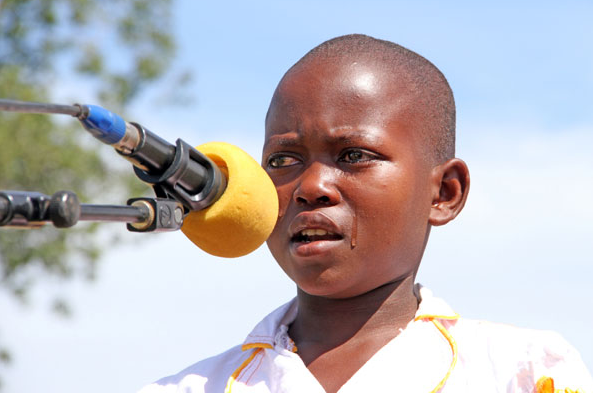New data from UNAIDS shows that atleast three people died in a village in Rakai each week throughout the 1990s in the district where HIV was first diagnosed (1983) in Uganda.
Three decades later, Rakai remains Uganda’s epicenter with the latest information showing that fourteen out of every 100 people in the district are still infected with the deadly virus compared to seven out of every 100 for Uganda and the threat of HIV among young girls aged between 15 and 24 years is alarming.
The report codenamed “Get on the Fast-Track: the life-cycle approach to HIV” indicates that girls’ transition to womanhood is a very dangerous time, particularly in sub-Saharan Africa, where around 7,500 young women became newly infected with HIV every week during the last one year.
Data from studies in six locations within eastern and southern Africa indicates that girls aged between 15 and 19 years accounted for 90 percent of all new HIV infections among 10 – 19-year-olds, and more than 74 percent in eastern Africa.
Globally, between 2010 and 2015, the number of new HIV infections among young women was reduced by just 6 percent, from 420, 000 to 390,000. To reach the target of less than 100,000 new HIV infections among adolescent girls and young women by 2020 will require a 74 reduction in the four years between 2016 and 2020.
Many children who were born with HIV and survived are now entering adulthood. Studies from 25 countries in 2015 show that 40 percent of young people aged between 15 and 19 years became infected through mother-to-child transmission of HIV.
This transition is also magnifying another major challenge – high numbers of AIDS-related deaths among adolescents.
However, countries are getting on the Fast-Track, with an additional one million people accessing treatment in just six months between January and June 2016, a report published today by UNAIDS shows.
This brings to 18.2, the number of people on life-saving medicines. The global target is to have 30 million people on antiretrovirals by 2020, implying that at least 12 million more people will need to be enrolled for therapy over the next four years.
Additional reporting by Ronnie Mayanja











